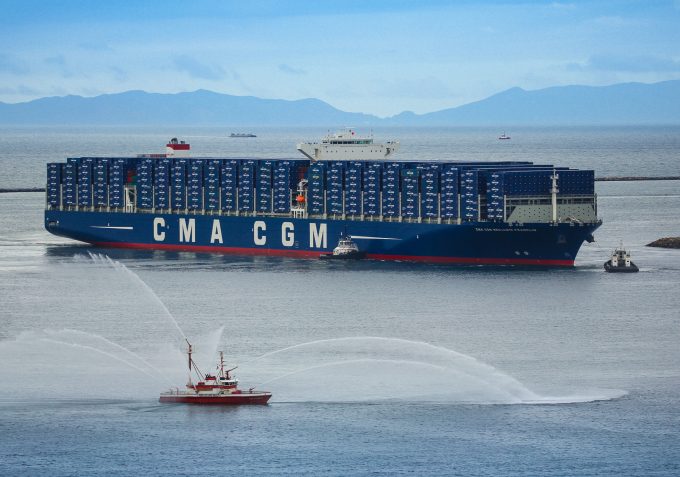News in Brief Podcast | Week 31 | De minimis, tariff talk and Q2 earnings
In this week’s episode of The Loadstar’s News in Brief Podcast, the team recaps this week’s supply ...

I believe that it is no coincidence that France’s CMA CGM, the third-largest container shipping line in the world, emerged as the leading acquirer of NOL soon after its closest rival in terms of capacity operated, Germany’s Hapag-Lloyd, priced its IPO below range in early ...

Comment on this article